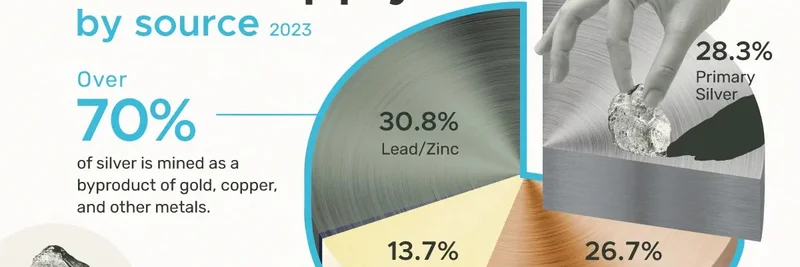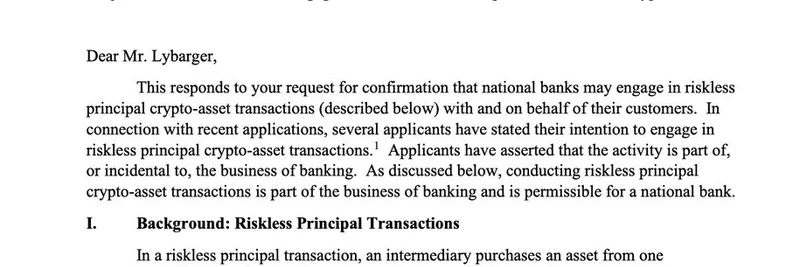In the fast-paced world of blockchain, few networks have shown the grit and growth of Solana. A recent announcement from the Solana team about Harmonic, a cutting-edge block building system, has sparked excitement across the crypto community. As shared in a insightful thread by @moothefarmer, this development isn't just another upgrade—it's a game-changer that positions Solana to rival centralized exchanges in speed, fairness, and openness.
Harmonic enables novel market structures, particularly in perpetual futures (perps) trading, making Solana's ecosystem more robust and appealing to traders and developers alike. But to truly appreciate why this is so bullish, let's look back at Solana's journey from its rocky beginnings to its current powerhouse status.
Solana's Resilient Rise: From Experiment to Ecosystem Leader
Solana started as an ambitious project built on Proof of History, a unique consensus mechanism that promised high-speed transactions without sacrificing decentralization. Early days were tough—network outages, relentless FUD (fear, uncertainty, doubt), and the devastating FTX collapse tested the community's resolve. Yet, through it all, Solana's builders and users "chewed glass," as the saying goes, rebuilding stronger each time.
Today, Solana boasts unparalleled innovation, with a vibrant ecosystem that's years ahead in many areas. It's not just about surviving bear markets; it's about thriving through community-driven progress and engineering prowess. This history sets the stage for breakthroughs like Harmonic, proving Solana's maturity and potential for even greater adoption.
Breaking Down Solana's Key Sectors: Growth and Competition
What makes Solana stand out is how its core categories have evolved from single-player fields to competitive arenas teeming with innovation. Here's a closer look at some pivotal sectors, highlighting the pioneers and newcomers that have shaped the landscape.
Swaps: The Foundation of DeFi Trading
Swaps, or decentralized exchanges (DEXs) for trading tokens, kicked off with Raydium as the original powerhouse—the first DEX many early users, including myself, interacted with on Solana. It paved the way for others like Orca, which focused on automated market makers (AMMs), and Jupiter Exchange, an aggregator that streamlined trades across multiple platforms.
The space didn't stop there. Challengers emerged, such as Kamino with its integrated swap features, and more recently, Titan Exchange aiming to dethrone Jupiter. This competition drives better liquidity, lower fees, and user-friendly experiences, making Solana a go-to for seamless token swaps.
Perps: High-Stakes Trading Takes Center Stage
Perpetual futures, or perps, allow traders to bet on asset prices without expiration dates, often with leverage. Mango Markets led the charge but faced setbacks. Then came Drift Protocol and Zeta Markets, with Zeta evolving into Bullet. Innovations continued with pool-based models from Jupiter Perps, Adrena Protocol, and Flash Trade.
Aggregators like Ranger Finance simplified access, and newcomers such as Bulk Trade are shaking things up. Harmonic's focus on perps venues could supercharge this sector, enabling faster, fairer trades that compete with giants like Binance or Coinbase.
Lend/Borrow: Building the Credit Layer
Lending and borrowing protocols form the backbone of DeFi, letting users earn yields or access liquidity. Save Finance (formerly Solend) was the trailblazer, followed by Kamino, Marginfi, and even Drift Protocol expanding into this space.
Drama and pivots marked the journey—Kamino started as Hubble Protocol, a stablecoin project, before shifting focus. Aggregators like Lulo (formerly FlexLend) emerged, and fresh entrants such as Elemental DeFi with its Elemental Lend product are intensifying competition. These platforms make borrowing crypto as straightforward as a bank loan, but with blockchain's transparency.
Wallets: The Gateway to On-Chain Life
Early Solana users remember Sollet fondly (or not so fondly, thanks to its ties with FTX). It gave way to user favorites like Phantom and Solflare, with Phantom branching out to other chains while Solflare stayed loyal to Solana.
Shoutouts to teams like Solflare for community perks, and acquisitions like Ultimate App by Jupiter, leading to Jupiter Mobile. Now, the wallet space is crowded, offering secure, intuitive ways to manage assets—essential for mass adoption.
Validators: The Unsung Heroes of Network Security
Validators secure the network by processing transactions and producing blocks. It began with Solana Labs' client, upgraded to Agave. Jito introduced MEV-aware (Maximal Extractable Value) production, boosting validator profits.
Big moves came from Firedancer by Jump Crypto, a from-scratch client showcasing top-tier engineering. Double Zero by Austin Federa powers a third of validators, and now Harmonic enters as the first aggregator client, promising even more efficiency.
Harmonic's Impact: A New Era for Solana
Harmonic isn't just another tool; it's a facilitator for open, fast, and fair markets. By enhancing block building, it helps Solana tackle centralized exchanges head-on, especially in high-frequency trading like perps. This aligns perfectly with Solana's ethos of innovation without compromise, opening doors to primitives that were impossible elsewhere.
As @moothefarmer eloquently puts it, Solana has shaped careers and mindsets, fostering resilience and collaboration. With foundations this solid, the network is primed for explosive growth.
Wrapping Up: Why Solana's Future Looks Brighter Than Ever
Solana's story is one of perseverance, from barren beginnings to a thriving hub of DeFi activity. Innovations like Harmonic underscore its maturity, inviting more builders and users to join the ride. Whether you're a trader eyeing perps, a lender seeking yields, or a developer pushing boundaries, Solana offers tools and community to succeed.
Stay tuned to the ecosystem—it's only getting started. For more insights on blockchain trends and meme tokens, check out our knowledge base at Meme Insider.


